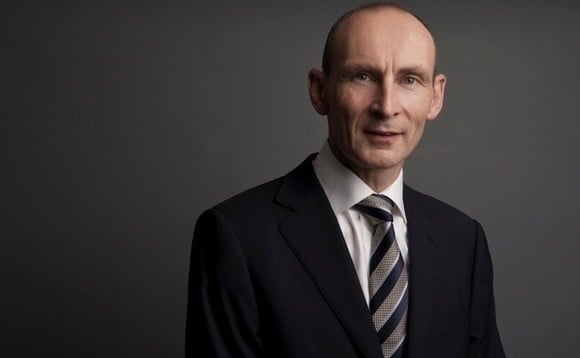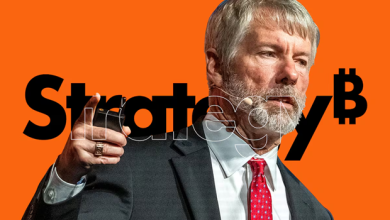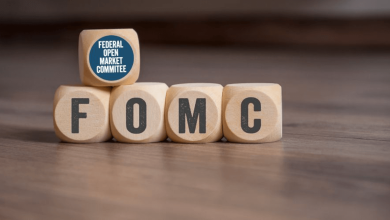DeVere Warns UK Inflation Could Become Entrenched as BoE Faces Extended Tightening Cycle


High inflation is at risk of becoming a long-term feature of the UK economy, according to Nigel Green, CEO of global financial advisory firm deVere Group. The firm expects the Bank of England to keep interest rates at current levels until at least mid-2026 — with a non-trivial risk that the next move could even be a rate hike rather than a cut.
The warning comes as the UK’s annual inflation rate remained unchanged at 3.8% in September for the third consecutive month, while core inflation held near 3.5%. Despite widespread expectations that price pressures would ease through the latter half of 2025, the latest data suggests inflation is proving more persistent than anticipated.
“The latest inflation data should set alarm bells ringing,” said Green. “These are not figures that give policymakers breathing space. They’re a are proving far more resistant than hoped.”
Takeaway
Structural Drivers Behind Inflation Persistence
According to Green, the underlying inflationary forces are structural rather than transitory. “The UK’s productivity growth remains anaemic, while wage increases in many sectors continue to outpace output,” he noted. “When wages rise quicker than productivity, prices follow. This is how inflation becomes embedded — not as a short-term shock, but as a feature of the system.”
He added that will remain restrictive. “Investors still appear to be betting on rate cuts in the coming months, which we believe is misplaced. The Bank of England cannot credibly loosen policy while inflation sits almost double its 2% target.”
Green warned that cutting rates prematurely would risk reigniting inflation. “If the Bank cuts too soon, it would invite a new wave of inflation and erode public confidence in its commitment to price stability. Inflation expectations would shift higher, and that would be even harder to reverse. Once that happens, it’s not just monetary tightening that’s needed — it’s a credibility rebuild.”
Takeaway
Policy Dilemma: sluggish Growth Meets Sticky Inflation
Despite sluggish economic performance, Green said fragile growth offers “little comfort” to the Bank of England. “GDP expanded by just 0.1% month-on-month in August. That’s hardly the kind of resilience that should embolden the central bank. It shows an economy still struggling for momentum — but one where price pressures have not yet subsided. The combination is toxic: sluggish growth and sticky inflation is the definition of a policy trap.”
The upcoming Autumn Budget will also play a key role in shaping the . “If the Chancellor opts for fiscal tightening through tax rises or spending restraint, it could assist cool inflation,” Green said. “But if the measures boost demand, the central bank will have no choice but to stay on hold for longer. Fiscal and monetary policy are now locked in a act.”
He warned that complacency could prove costly. “Investors, consumers, and policymakers cannot simply assume inflation will drift back to target. This assumption has already proved wrong for months. The danger now is that the Bank hesitates too soon, misreads the persistence of inflation, and loses control of the narrative.”
Takeaway
Green concluded that the UK is approaching a critical moment for inflation control: “If inflation is allowed to harden, it risks becoming a self-perpetuating cycle. Businesses adjust prices upwards, employees demand higher pay, and expectations embed. That’s the path that led to inflationary stagnation in the 1970s — and it took years to unwind then, as it could again now.”






